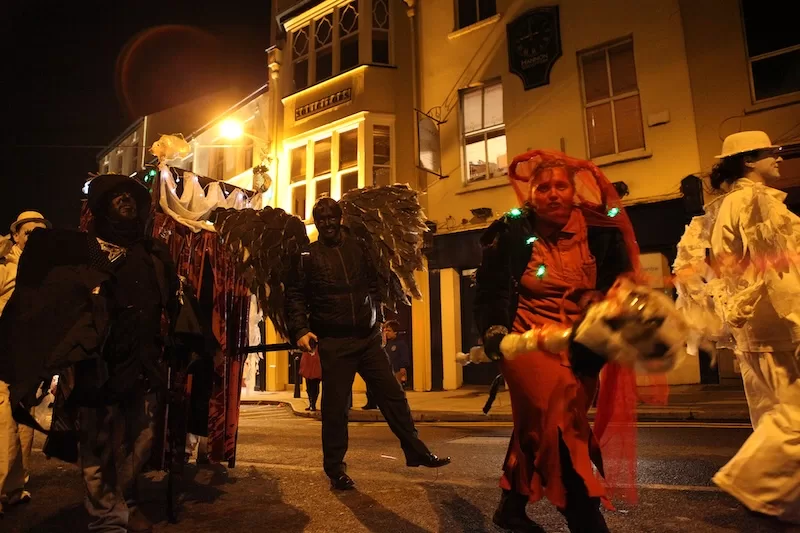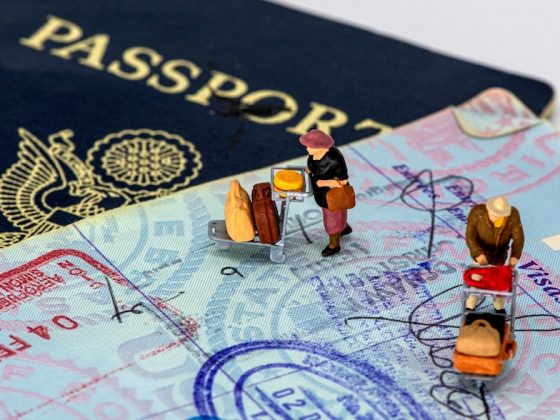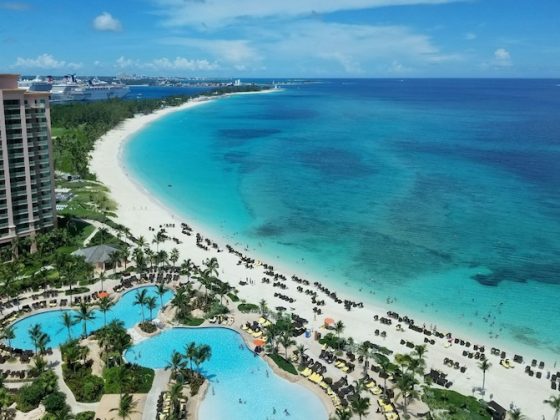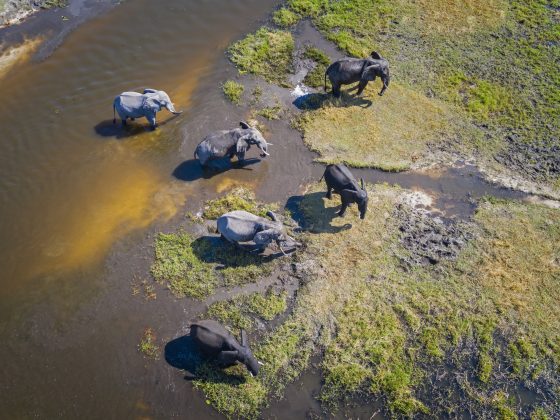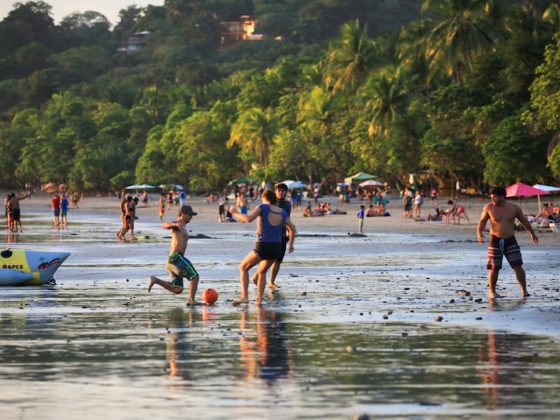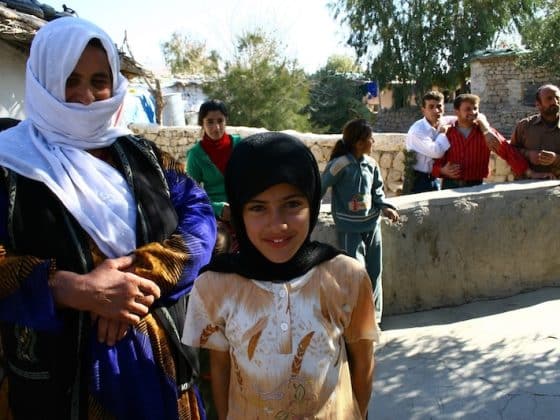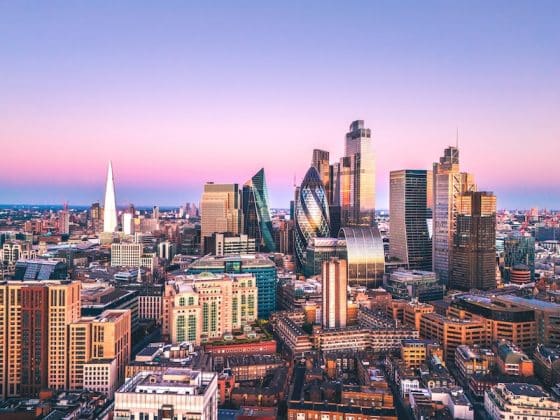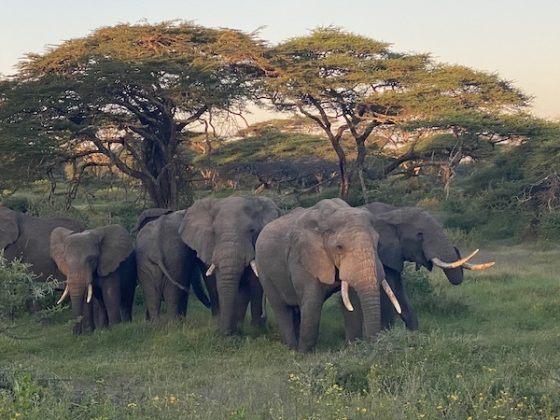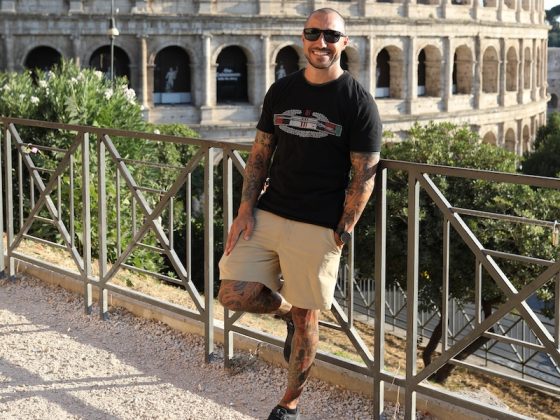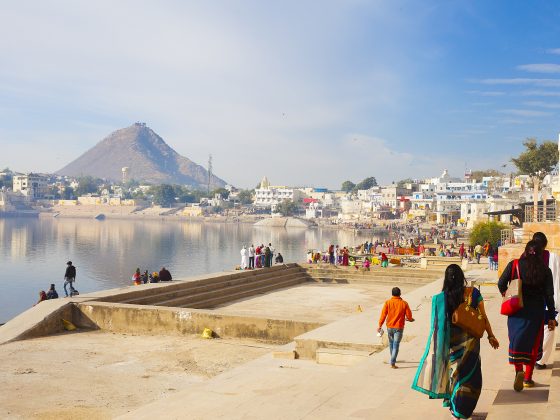Trick-or-treating, dressing in scary costumes, telling ghost stories—these familiar Halloween rituals trace their origins back thousands of years, long before the era of cheap plastic Dracula masks and over-the-top inflatable pumpkins.
Though Halloween draws on ancient pagan and early Christian traditions from around the world, the celebration we know today is rooted most deeply in Ireland. Halloween in Ireland is more than a modern holiday—it’s a living connection to an ancient past. It was Irish immigrants fleeing the Great Hunger of 1847 who brought the festival to America, where it evolved into the commercial celebration of candy and costumes we recognize today. Yet in Halloween in Ireland , its ancient heart still beats, and every autumn, the country becomes one of the best places in the world to experience the original festival of Samhain.
Halloween in Ireland: Were It All Began
Whether visiting or living in Ireland, it’s hard not to sense that Halloween here carries a deeper weight, something older and more spiritual than the versions celebrated elsewhere.
The Irish festival of Samhain (pronounced Sow-in) marked one of the most important moments in the Celtic calendar. It was considered the start of the Irish New Year, when harvest season ended and winter began. Food was stored, livestock brought in, and preparations made for the long, dark months ahead. Ancient Celts believed that at this time of year, the veil between the human world and the spirit world was at its thinnest, allowing the souls of ancestors, and sometimes darker entities like the Banshee or Abhartach—to cross over.
Some spirits were benevolent, others mischievous or dangerous. An encounter could bring fortune, or misfortune. To protect themselves, people took ritual precautions. Large bonfires were lit across Ireland, with communities gathering to honor their dead and celebrate the harvest. Each household would take a flame from the communal fire home, as a blessing for the coming winter.
To avoid being recognized by wandering spirits—known in Irish mythology as the Sidhe or Aos Sí, people disguised themselves with soot, animal skins, or crude masks. Offerings of food and drink were left out to appease the otherworldly visitors, while hollowed-out turnips filled with glowing embers were placed near doorways to ward off evil. When Irish immigrants arrived in America, they found turnips scarce and pumpkins plentiful—thus, the jack-o’-lantern was born.
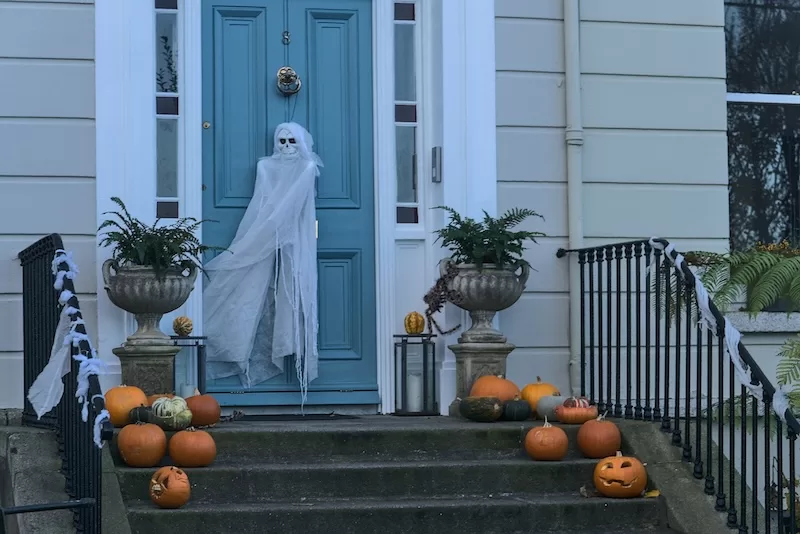
From Samhain to All Hallows’ Eve
When Christianity reached Ireland in the 4th century, the Church adapted rather than eradicated the existing pagan customs. November 1 became All Saints’ Day, and the evening before it—All Hallows’ Eve—eventually shortened into Halloween. Though Christianized, the older pagan spirit endured, shaping the hybrid holiday still celebrated Halloween in Ireland today.
Read more like this: The 10 Creepiest Places in the World
Ancient Customs, Modern Magic
While modern Halloween in Ireland may look familiar to anyone from the U.S., complete with costumes, parties, and trick-or-treating—many ancient customs survive.
Families still bake barmbrack, a sweet fruit loaf with hidden charms inside. Each trinket carries a prophecy for the year ahead: a ring for marriage, a coin for wealth, a rag for misfortune.
In some homes, families continue the centuries-old practice of setting an extra place at the dinner table for departed loved ones, a quiet reminder that in Ireland, death is not feared but respected as part of life’s continuum. Visitors often remark how naturally the Irish weave the supernatural into everyday conversation, seeing it not as morbid but as part of their heritage.
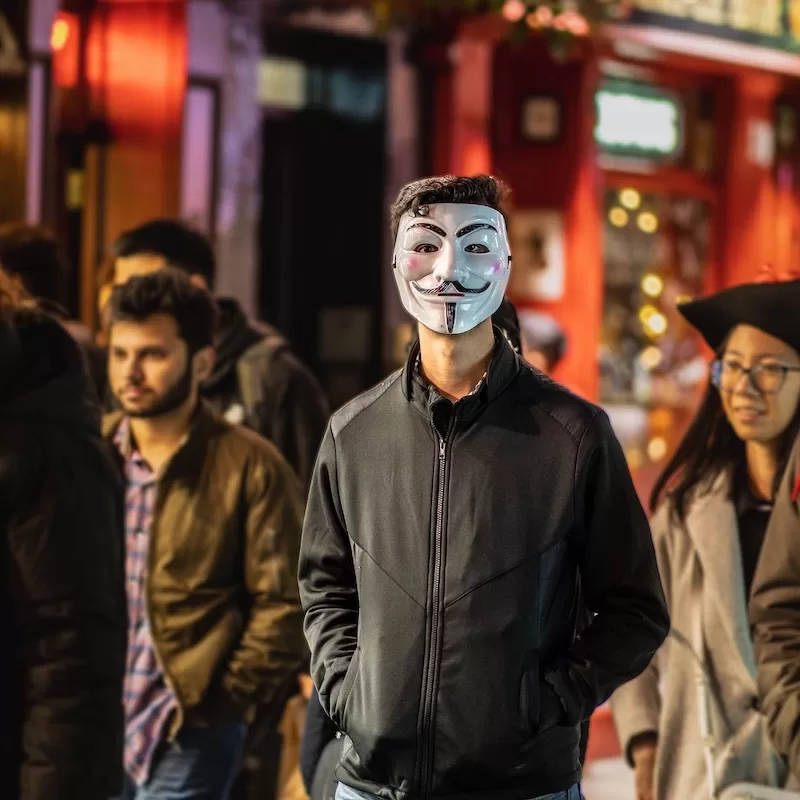
Festivals of Fire and Folklore
Halloween in Ireland has reemerged as one of the country’s great cultural events. There’s a growing movement to reclaim the festival’s authentic roots, before it was exported, rebranded, and sold back in commercial form.
The Púca Festival in County Meath, an area central to ancient Celtic lore, draws thousands of visitors each year. Named after one of Ireland’s most infamous spirits, the festival spans several days of fire ceremonies, parades, music, and storytelling rooted in Irish myth. Local food markets, crafts, and the lighting of a massive bonfire in the town of Athboy connect this modern celebration directly to its ancient origins.
In Dublin, the Bram Stoker Festival honors the city’s most famous Gothic son, the author of Dracula. The event blends art, theater, and immersive performances with ghost tours and a pop-up Victorian fairground called Stokerland, where old-world rides and carnival games delight children and adults alike.
For those drawn to Ireland’s mystical landscapes, sacred sites like The Hill of Tara or Oweynagat—the Cave of the Cats, said to be a gateway to the underworld, offer spine-tingling pilgrimages steeped in legend. Cities such as Cork and Galway host spectacular parades and street festivals that mix modern spectacle with ancient atmosphere. And in Derry, Halloween in Ireland comes alive with the largest festival in the country, transforming the entire city into a carnival of spirits, light, and folklore.
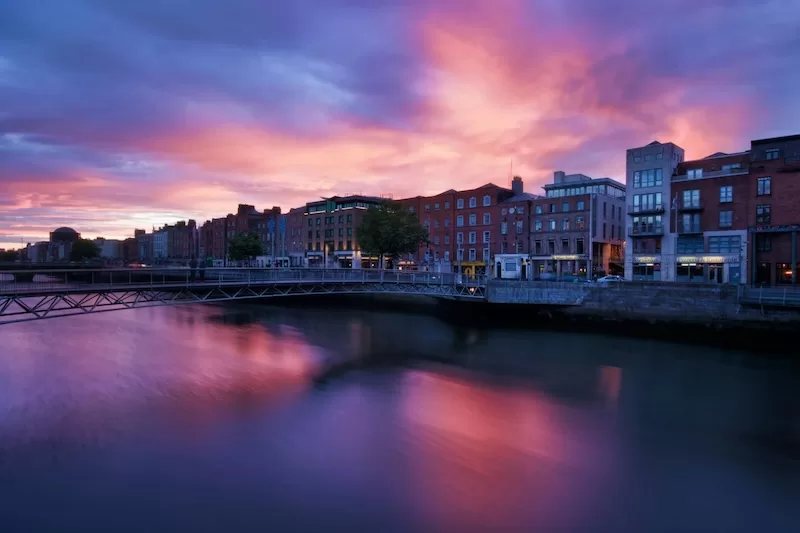
A Living Continuum
In recent years, Ireland has witnessed a renewed interest in its pagan past. Festivals like Samhain, Imbolc, Bealtaine, and Lughnasa are being revived with passion and pride, but none more so than Samhain itself. The global fascination with Halloween has only fueled Ireland’s rediscovery of its roots.
Halloween in Ireland today retains the essence of what Samhain always represented: honoring those who came before, celebrating the land, and embracing joy in the face of darkness.
Whether you’ve lived in Ireland for decades or just arrived, joining a bonfire gathering or attending a festival here makes you part of something ancient, something that endures.
So this Halloween in Ireland, when you’re planning your costume or stocking up on candy for the neighborhood kids, take a moment to remember: you’re not just celebrating a modern holiday. You’re taking part in a ritual that stretches back thousands of years, one that began under the same dark skies, on the same sacred ground, in the heart of Ireland.
And maybe, just maybe, you’ll remember to leave a small offering for the spirits—just in case.
FAQ: Halloween in Ireland
Did Halloween originate in Ireland?
Yes. Halloween originated from the ancient Celtic festival of Samhain in Ireland, over 2,000 years ago, marking the end of the harvest and the start of winter. The roots of Halloween trace back to Ireland’s Samhain festival, making the country the birthplace of the holiday.
Do they celebrate Halloween in Ireland?
Absolutely. Halloween is still widely celebrated across Ireland with traditions that mix ancient Celtic customs and modern festivities. People celebrate with trick-or-treating, costume parties, bonfires, and storytelling. Some towns also host parades and festivals, keeping Irish folklore alive.
When is Halloween in Ireland?
Halloween is celebrated on October 31 every year, just like in many other countries.
About the Author
Ethan Rooney is an Irish journalist covering global communities, culture, and niche movements.
Contact Author
"*" indicates required fields
Stay Ahead on Every Adventure!
Stay updated with the World News on Escape Artist. Get all the travel news, international destinations, expat living, moving abroad, Lifestyle Tips, and digital nomad opportunities. Your next journey starts here—don’t miss a moment! Subscribe Now!
